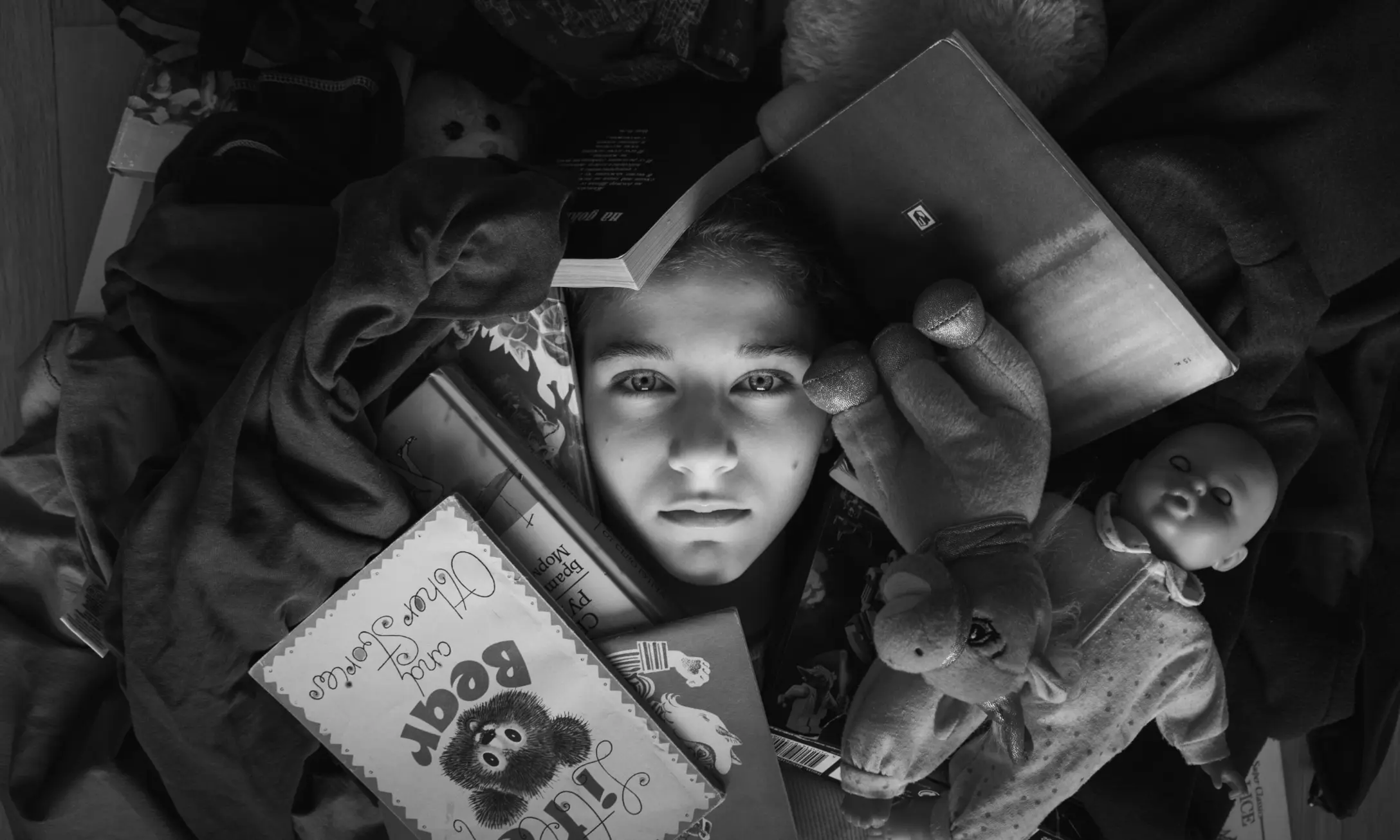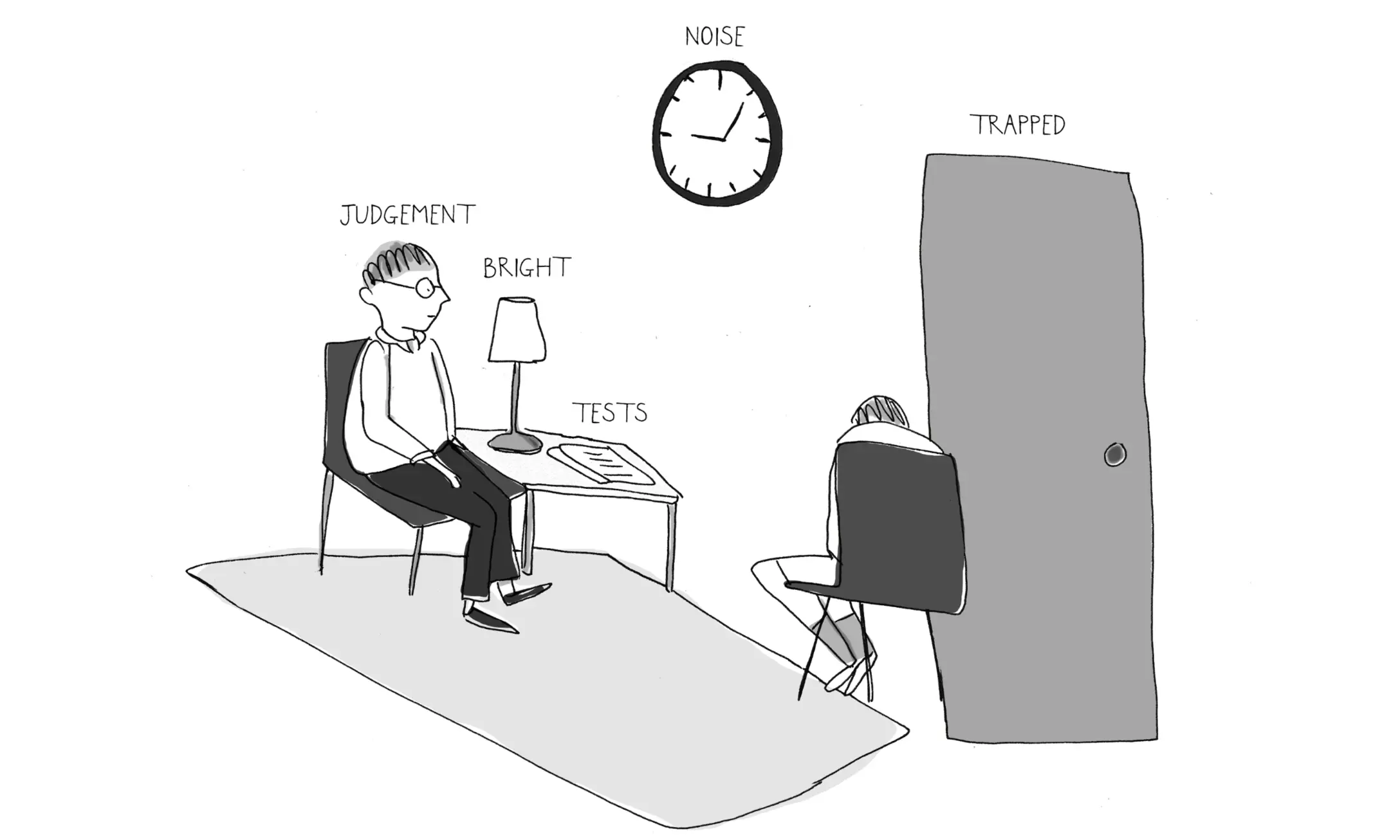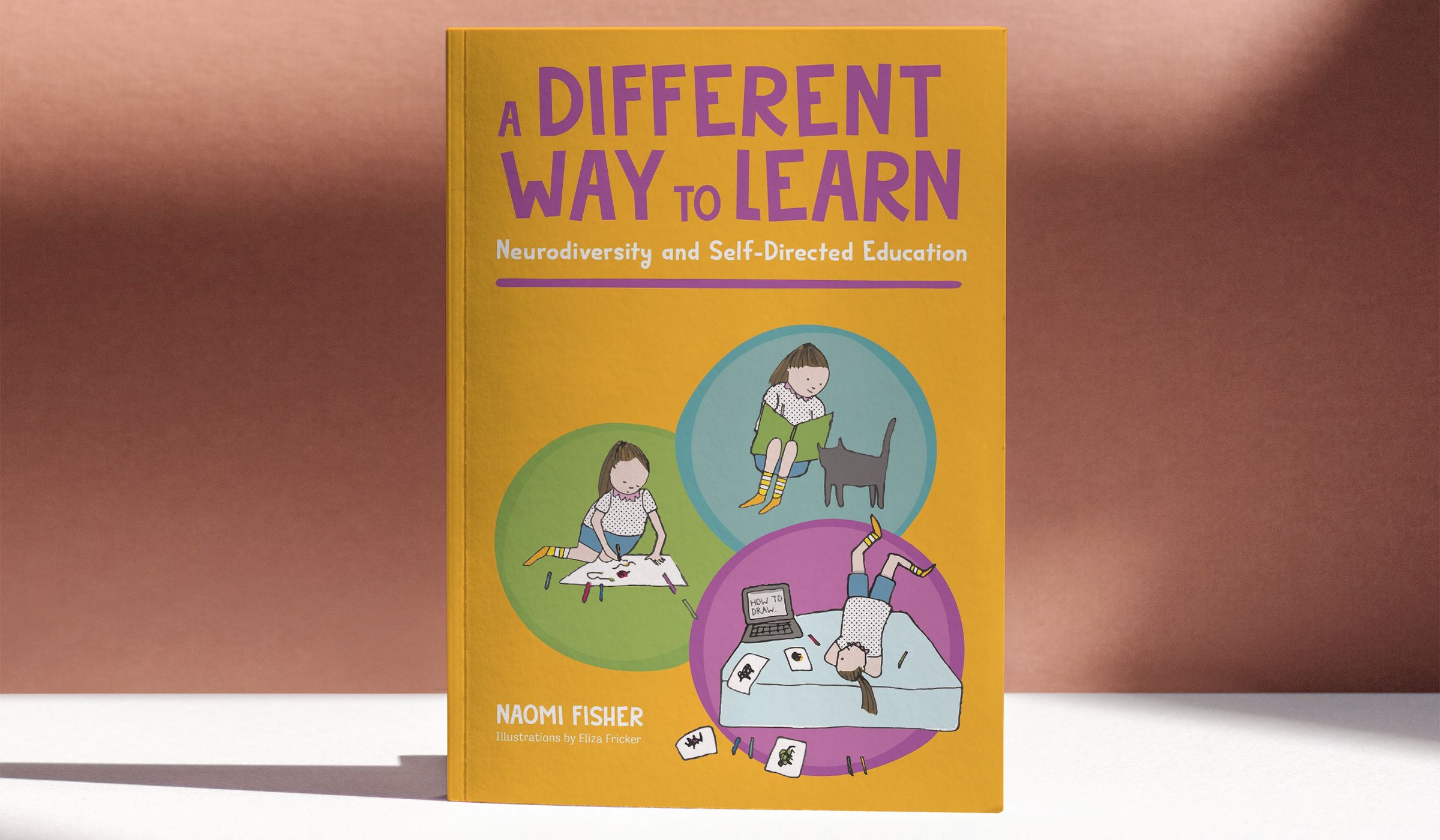

Click on a button to jump to our webinars, courses, books or blog posts on Demand Avoidance

For some children and young people, the demands of every day life provoke extreme anxiety. Even things which other people find straightforward, or things that they really want to do. They want to avoid the anxiety, and so they resist and avoid the demands. This is demand avoidance. Demand avoidance is a behavioural trait, not a disorder.
This means that demand avoidant children often say No. They refuse to do things which everyone else is doing. Whatever you suggest, they want something different. Life with them can be really challenging. Whenever you say, you know that they won’t do it.
There are different reasons why young people might be demand avoidant. Some have a pathological demand avoidant (PDA) profile of autism. Some seem to be born like this, whilst others acquire it later in life after a period of chronic stress. For many, it changes as they grow up and are able to take more control of their lives. Many of these young people are extremely driven when it comes to doing things they find valuable.
Understanding demand avoidance can make all the difference. Parents can adjust the demands of everyday life to help their children flourish, and in the longer term, help them to learn to manage their anxiety so that they can live the life they want to live.

Does your child's behaviour confuse you? Does most of the parenting advice you are given make things worse? Do you feel like you are walking on eggshells? In this course, Dr Naomi Fisher will explain the psychology of demand avoidance. What is it, how does it affect the nervous system - and importantly, what can parents do? You'll end with a clearer idea of what is going wrong and some ideas as to how to help.

What happens when demand avoidance meets adolescence? In this mini-course, Naomi will explain what’s going on in your adolescent’s brain, and how that interacts with demand avoidance. She’ll help you understand what is going on for your child, and give you some practical ideas as to how to help your young person (and yourself) get through these important years. This course is suitable for teenagers with and without a diagnosis.

Demand avoidant children have an anxiety-driven need to resist the demands of every day life. In practice this can mean that they say No a lot. They may refuse all suggestion, or refuse to go out. This can make life really challenging for families. Lots of families get stuck, unable to change things which really need to be done differently, becuase their child responds so intensely. Naomi explains why demand avoidant children find change so hard, and will give you the tools to help them manage necessary changes. You'll end the course with a better understanding of your child and what they find challenging, and some ideas to help them.

This mini-course is for teenagers to watch themselves. It explains why sometimes, everything feels like pressure and the more others try to help you, the harder it is to do anything, even things you’d like to do. It helps teens think about how to build a life which works for them. It’s suitable for anyone who experiences demand avoidance, whether or not they have a diagnosis.

Demand avoidant children confound all of our expectations. You ask them to do something, and they react as if you’re shouting. You show them that you’re pleased with them, and they respond by saying they’ll never do that again. The harder you try, the more difficult things become. What’s going on, and how can therapists work effectively with demand avoidant children? In this engaging and illustrated mini-course you’ll gain an understanding of demand avoidance and what it is. You’ll learn some practical ways to engage these children. It is suitable for anyone working therapeutically with children and teenagers, including psychologists, child psychotherapists, occupational therapists, drama therapists, art therapists and speech and language therapists. It might also be of interest to school SENCos although it focuses on the one-to-one.

If you are a parent worrying whether self-directed education will work for your child, because you have been told that they have special needs which can only be met in the school system - think again. Neurodivergent children experience and interact with the world differently to many of their peers. Standard educational systems often fail to adapt to their unique strengths and ways of learning. School, and even the act of learning, can become a source of great anxiety and trauma. Self-directed education offers an alternative to traditional schools that can help neurodivergent children develop at their own pace and thrive.

When we make children do something, their relationship with it changes. We know that, because most of us have the same experience as adults.

Last week a parent was telling me about their highly anxious child who isn’t going to school. They had gone to see a counsellor, and after hours of coaxing and preparation they got to the room. The first question (after names and introductions)? ‘So how can we get you back to school?’.